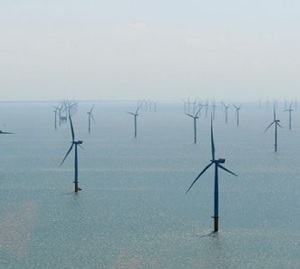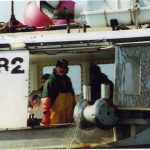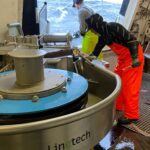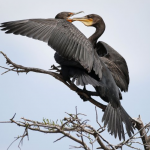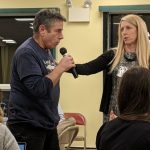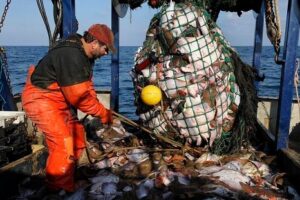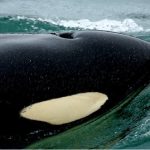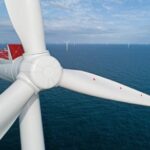Tag Archives: Tom Hafer

City of Morro Bay seeking answers on nearby offshore wind project
The offshore wind farm would be about 30 miles northwest of Morro Bay, but the project could have direct impacts on city infrastructure and the environment. “The city very much is concerned and wants to be better educated about the potential effects or impacts on the city and on the harbor,” said Morro Bay Interim City Manager Greg Carpenter. Not everyone is happy with the proposal. Some welcome an extra source of clean energy while others are worried about impacts to the marine environment and the local fishing industry. “We got a humpback highway right outside Morro Bay. We have tons of mammals out there and we don’t know what’s going to happen to them,” said Tom Hafer, President of the Morro Bay Commercial Fishermen’s Organization. Video, >click to read< 09:35

California’s first offshore wind farm has Morro Bay fishermen worried
Wind turbines are coming. “These things are as big as skyscrapers,” says Chris Pavone, who’s among roughly 120 fishermen who trap, troll, and drop lines off Morro Bay and Avila Beach. He’s worried about what could become the first offshore wind farm on the West Coast. Approved by the Biden administration, the project would bring roughly 200 floating turbines into the open ocean off the Central Coast. >click to read< 09:42
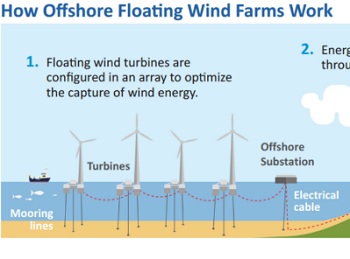
Fishing Industry Opposes New Floating Wind Farm Project Area
Navy says no to proposal to move floating wind farm area. The idea was discussed at the task force’s July 1 webinar, which replaced a planned public meeting in Morro Bay. Tom Hafer, president of the 90-member Morro Bay Commercial Fishermen’s Organization, criticized the proposal, saying it amounted to a “bait and switch.” Originally, Castle Wind, one of the proposed developers, suggested it would ask for a site for up to 100 turbines some 30 miles off the coast. The company spent months huddling with the Morro Bay fishing industry and the city and got them to agree to the idea. A memo of understanding was signed. The new task force proposal being discussed could move the 900-foot-tall turbines as much as half the distance closer to shore into waters they use for fishing, Hafer said. “This is going to screw up fishing,” Hafer said. “This is going to change the migratory habits of a lot of fish out there — albacore, salmon, black cod. Who knows what these are going to do?” Hafer also is concerned that the wind industry will want more territory in the future as well. >click to read< 09:15
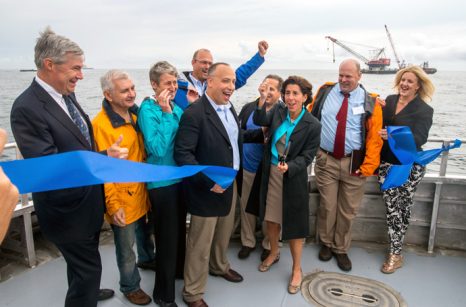
Central Coast should look to Rhode Island for bad experience with wind turbines
Our commercial fishermen met with the Bureau of Ocean Energy Management, and the bureau plans on putting hundreds of wind turbines off our coastline, taking hundreds of square miles of ocean away from fishing. We spoke with fishermen on the East Coast that had five wind turbines installed off Rhode Island, and they had nothing good to say. The installation required huge cement slabs on the bottom. The blades cause radar interference for miles. They are in squid and scallop fishing grounds, costing hundreds of jobs and millions of dollars lost to Rhode Island. They are placing them in navigation lanes, causing shipping vessels to travel around them. Also, most of the time they don’t work! They need repair constantly, and if the wind blows over 50 mph, they have to shut them down! They are being federally subsidized by millions of taxpayer dollars to mainly companies from other countries! It’s costing four times the amount it costs them for natural gas-powered electricity. Gov. Jerry Brown thinks using our oceans for energy is what we need. He is wrong. The ocean is a food source. It is wild and powerful and is not meant for industrialization. Tom Hafer, Atascadero link 09:19






